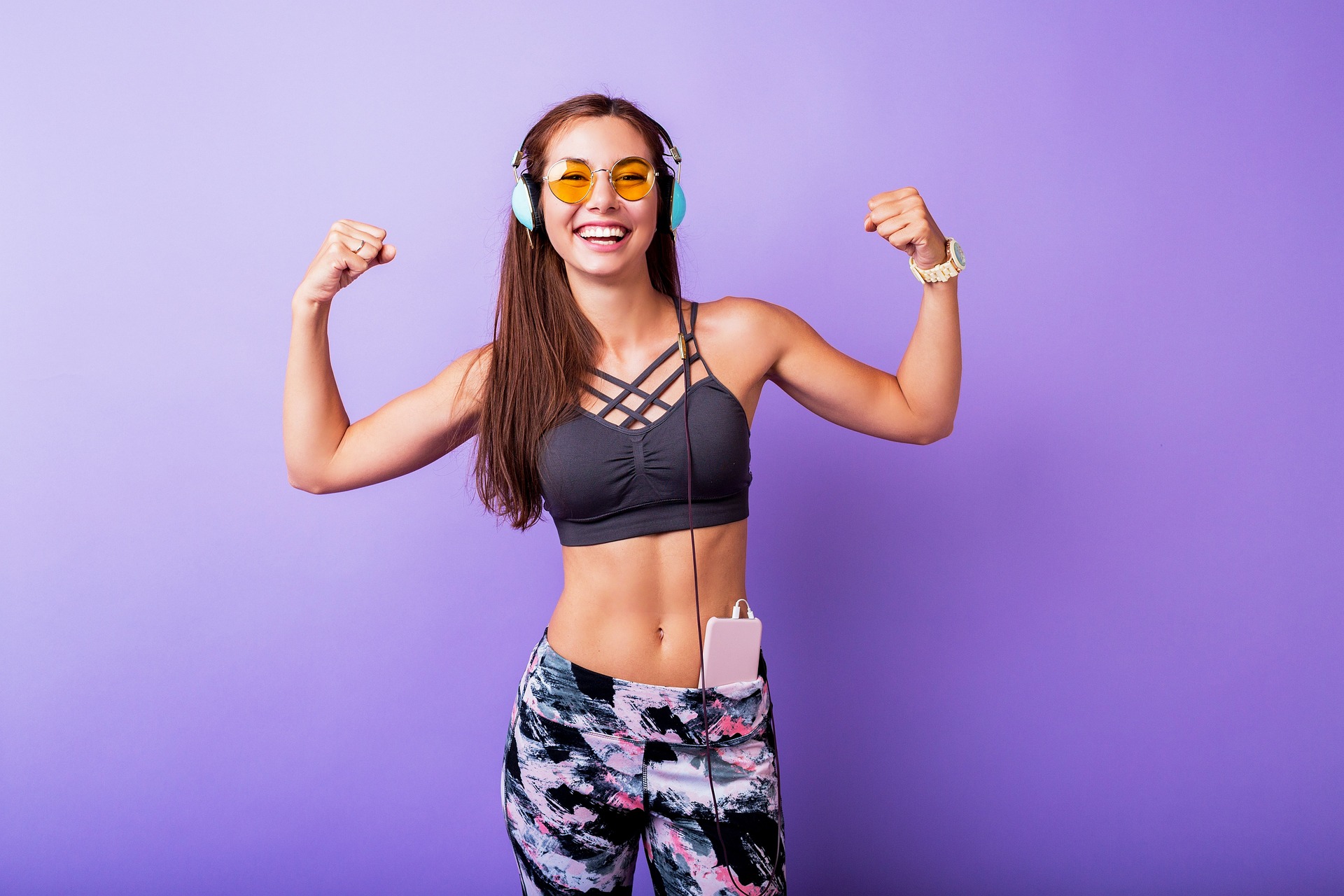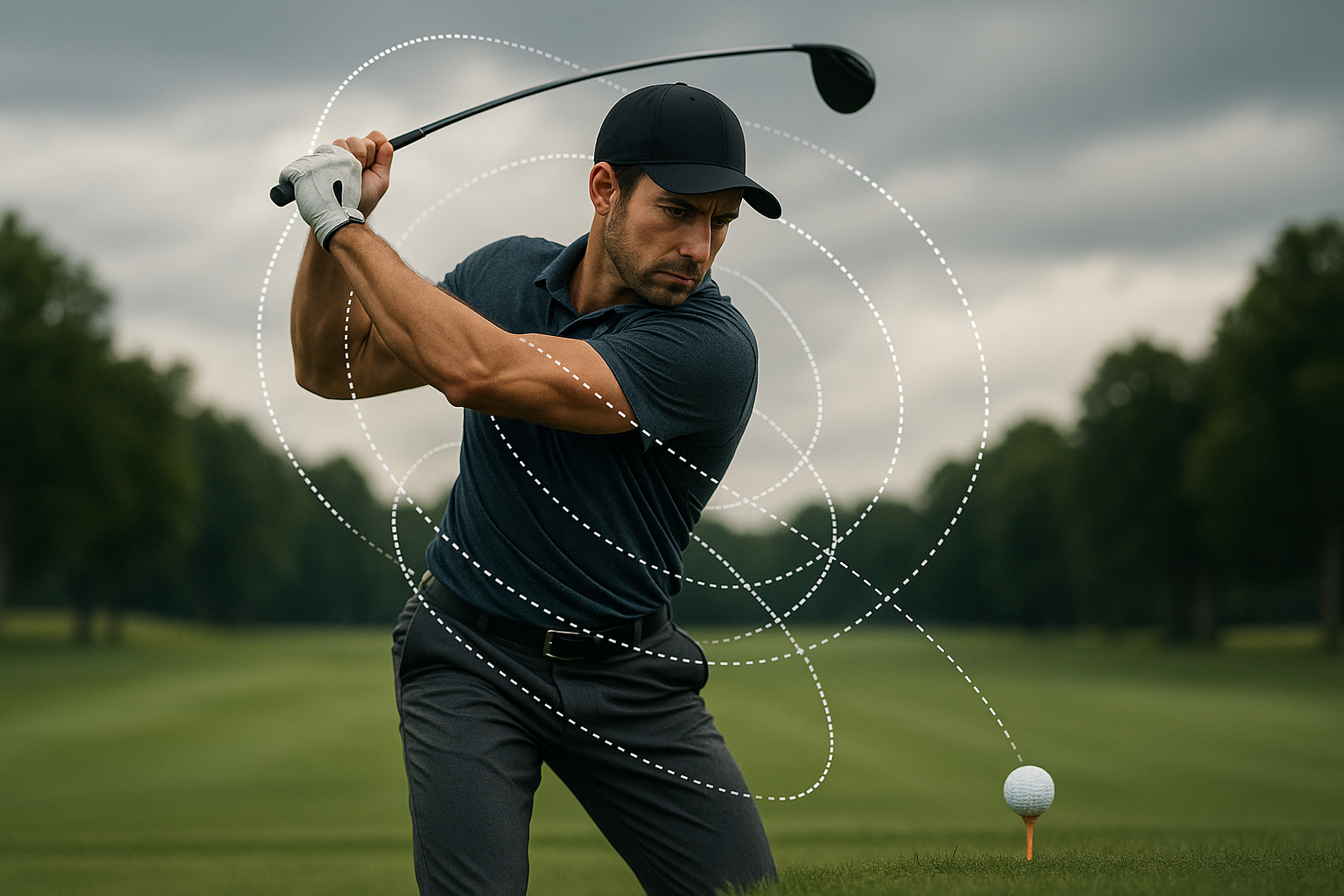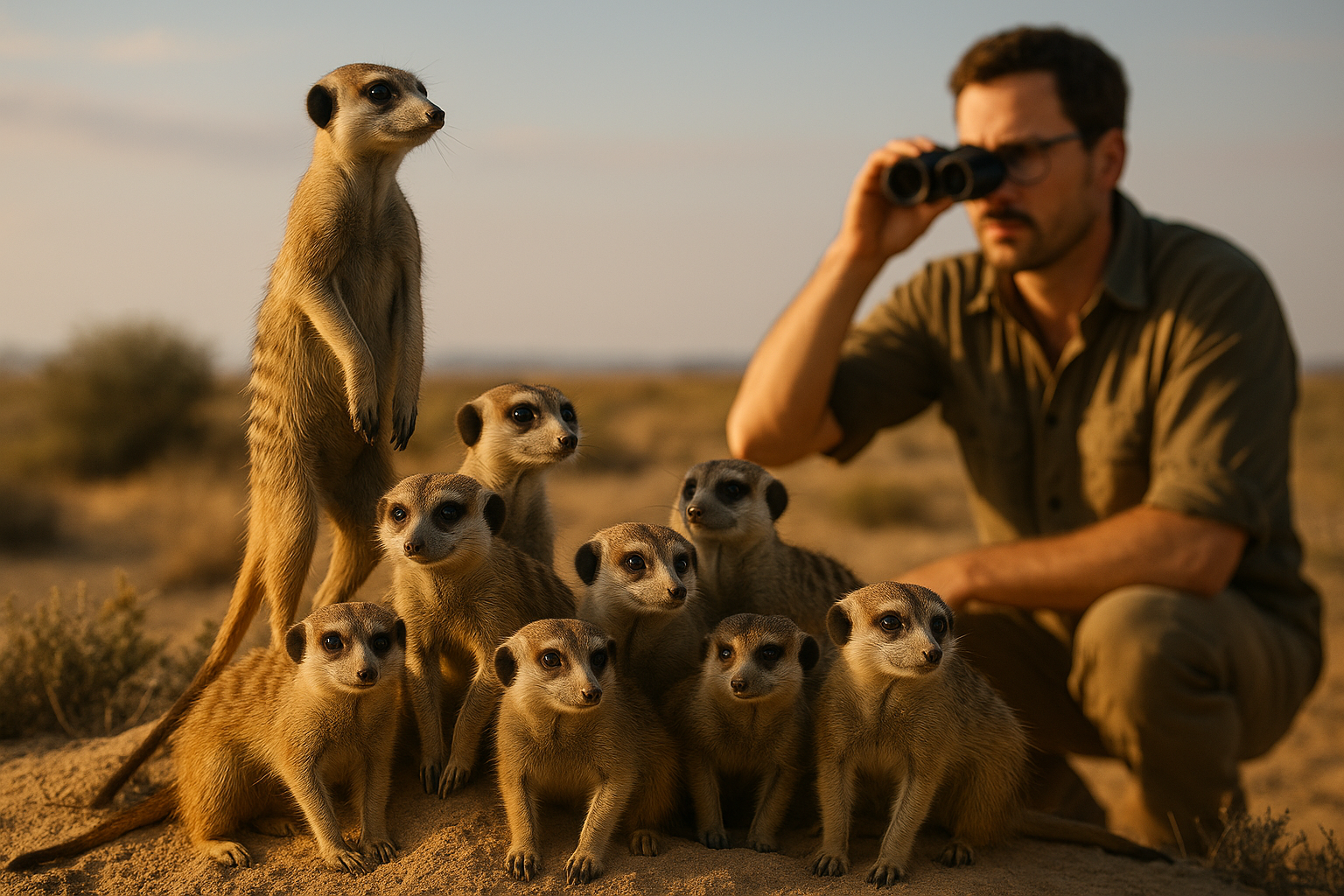Unveiling the Powerhouse: The Intersection of Beauty and Fitness in the World of Dance
Dance is more than a form of entertainment; it's an artistic expression of emotion, a cultural tradition, and a medium for storytelling. But beyond its artistic and cultural relevance, dance has also emerged as a unique intersection of beauty and fitness. Its emphasis on movement, posture, and aesthetics closely aligns it with the principles of physical fitness and beauty. The world of dance, therefore, offers a distinct perspective on beauty and fitness, where the two are not separate entities but intertwined aspects of a dancer's performance and lifestyle.

Dance: A Historical Overview
The art of dance has a rich and diverse history, with origins dating back to ancient civilizations. As a form of expression, communication, and ritual, dance played a critical role in early societies. It was not merely an art form but often a means of communicating with deities, celebrating victories, or marking significant life events.
Over the centuries, dance evolved into various styles and forms, each with its unique aesthetics and physical demands. Ballet, originating in the Italian Renaissance courts of the 15th century, became synonymous with grace and precision. Ballroom dance, with its roots in the 16th-century French courts, emphasized elegance and partnership. Meanwhile, contemporary and modern dance styles of the 20th century pushed the boundaries of traditional aesthetics, emphasizing personal expression and physical prowess.
In modern times, dance continues to be a dynamic and evolving art form, reflecting societal changes, technological advancements, and cultural amalgamations. The intersection of beauty and fitness has become more pronounced, with dancers being admired not just for their beauty and grace but also for their physical fitness and athleticism.
The Current Dance Industry: A Fitness and Beauty Powerhouse
Today’s dance industry is a powerhouse of fitness and beauty. Dance forms like ballet, contemporary, jazz, hip-hop, and others demand intense physical training, endurance, strength, and flexibility. Dancers spend hours perfecting their techniques, pushing their bodies to new limits, and maintaining peak physical condition. This focus on fitness is not just about performance; it’s also about injury prevention and longevity in a physically demanding career.
On the beauty front, dance has always had a strong aesthetic component. The visual spectacle of a dance performance, the costumes, the makeup, and the dancer’s physical beauty all contribute to the overall appeal. Contemporary dance forms, in particular, have been pushing the boundaries of conventional beauty norms, promoting diversity and inclusivity.
The Impact of Dance on the Beauty and Fitness Industry
The dance industry’s influence extends beyond its realm, impacting the broader beauty and fitness industry. Dance-inspired fitness trends, such as Zumba and barre workouts, have gained immense popularity, offering fun and effective ways to stay fit. Similarly, many beauty brands have tapped into the dance industry, collaborating with dancers for product endorsements or creating dance-inspired beauty lines.
The dance industry’s promotion of diversity and body positivity has also had a profound impact. It has challenged traditional beauty standards, promoting a broader definition of beauty that includes different body types, skin colors, and ages. This shift is reflected in the increasing diversity seen in beauty and fitness advertisements and products.
The Future of Dance: Shaping the Future of Beauty and Fitness
The dance industry continues to shape the future of beauty and fitness. With a growing focus on wellness, the industry is emphasizing the importance of mental health, proper nutrition, and self-care, aligning with the broader wellness trend in the beauty and fitness industry.
Additionally, technological advancements like virtual reality and AI are opening up new possibilities for dance training and performance. These technologies offer potential benefits like personalized training, injury prevention, and immersive performance experiences, which could further blur the lines between the physical and aesthetic aspects of dance.
In conclusion, the world of dance represents a unique intersection of beauty and fitness. It showcases the harmonious blending of physical prowess and aesthetic appeal, while continuously pushing boundaries and challenging norms. As such, it offers valuable insights and inspiration for anyone involved in the beauty and fitness industry.






